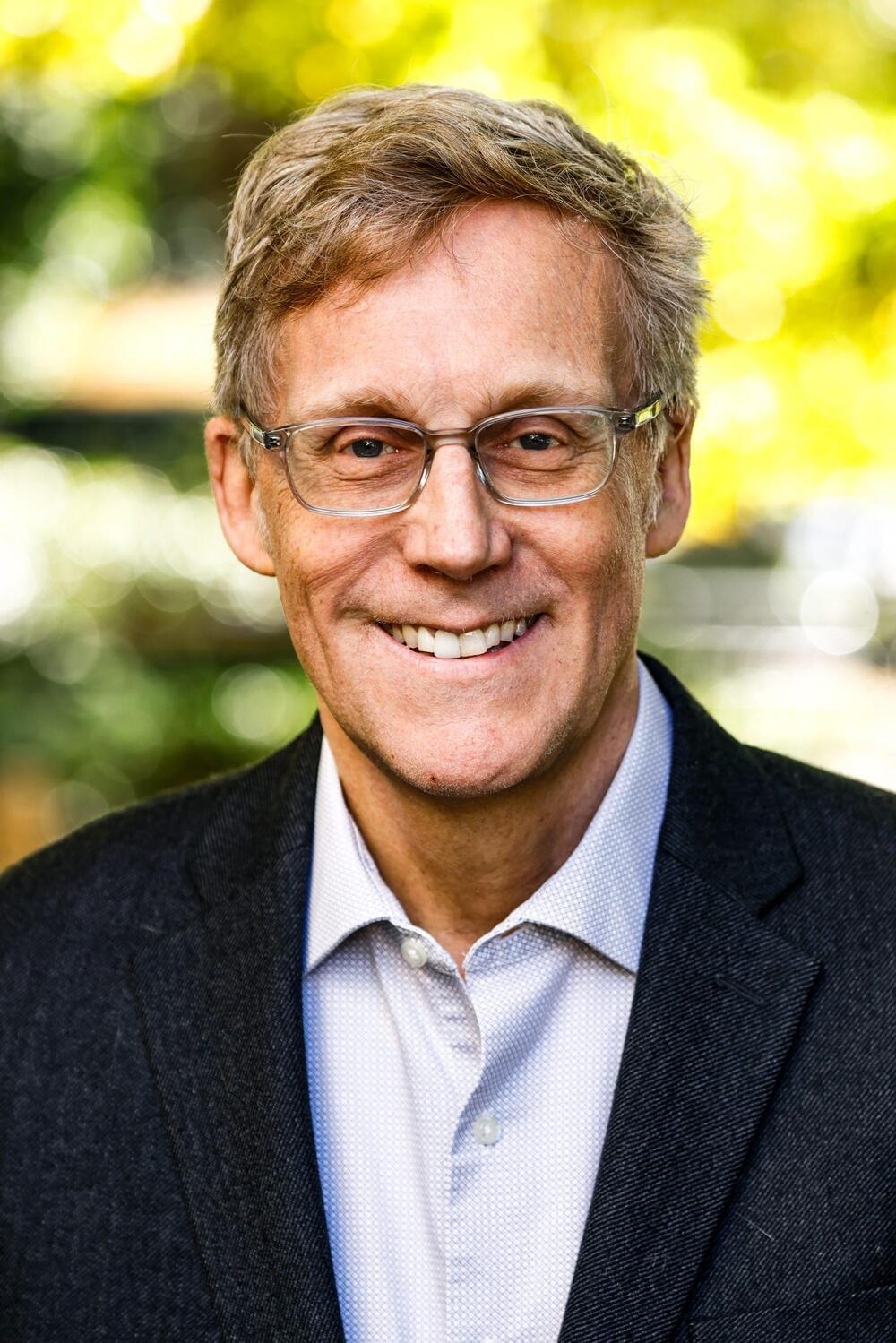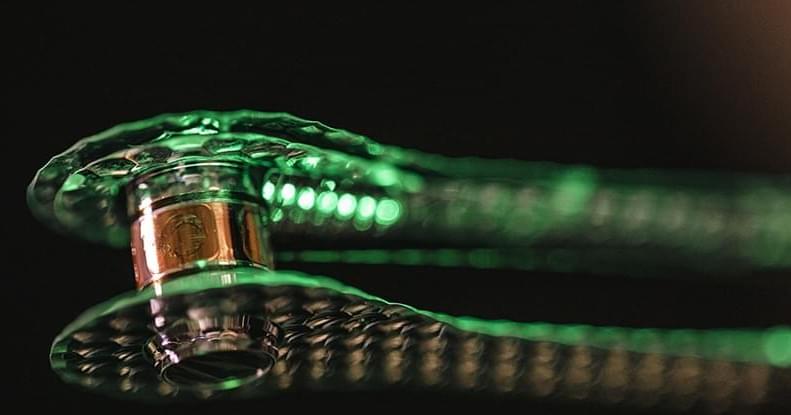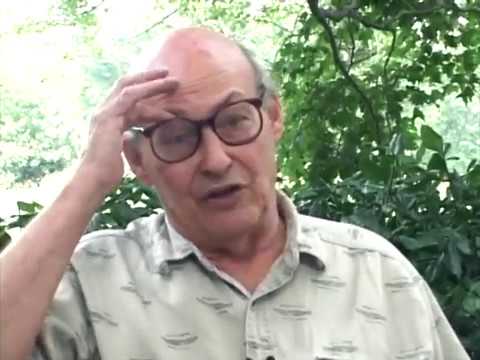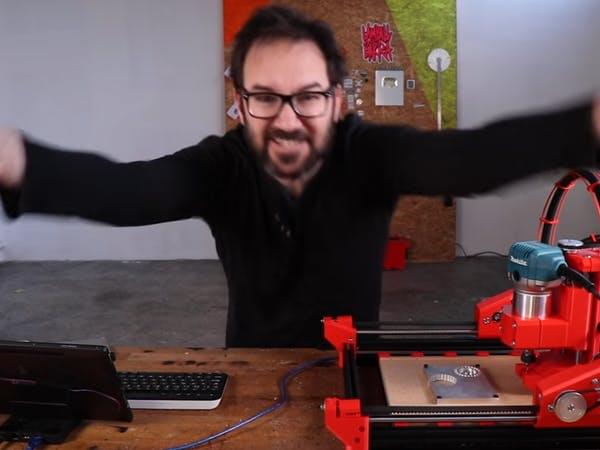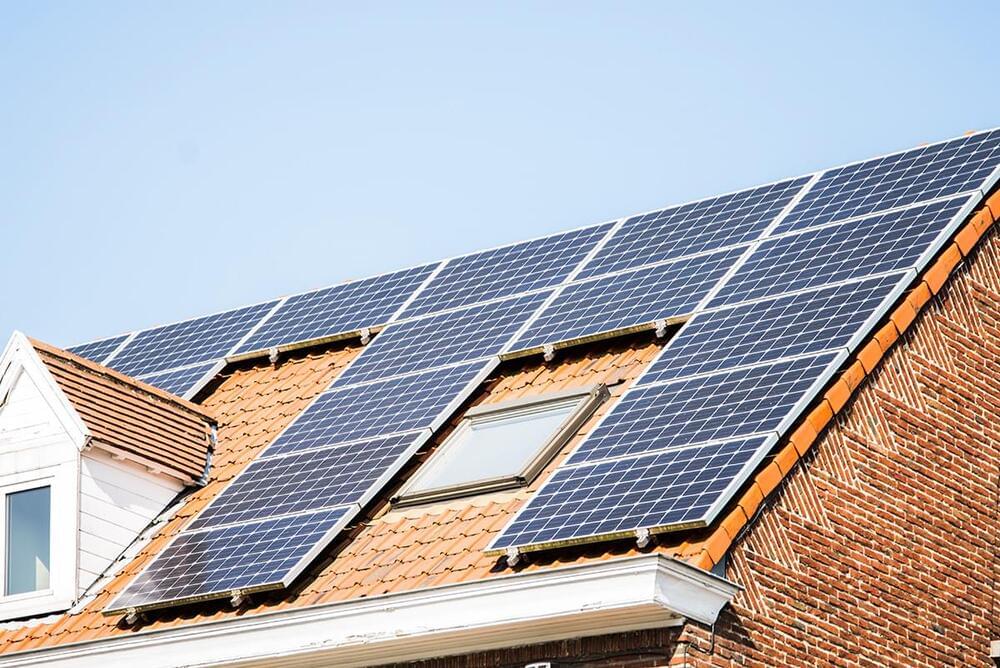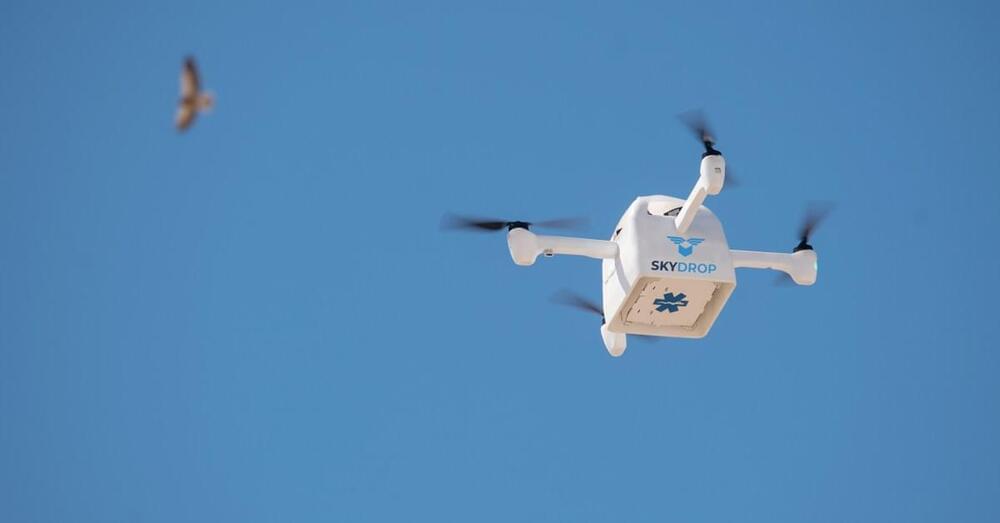In part because the technologies have not yet been widely adopted, previous analyses have had to rely either on case studies or subjective assessments by experts to determine which occupations might be susceptible to a takeover by AI algorithms. What’s more, most research has concentrated on an undifferentiated array of “automation” technologies including robotics, software, and AI all at once. The result has been a lot of discussion—but not a lot of clarity—about AI, with prognostications that range from the utopian to the apocalyptic.
Given that, the analysis presented here demonstrates a new way to identify the kinds of tasks and occupations likely to be affected by AI’s machine learning capabilities, rather than automation’s robotics and software impacts on the economy. By employing a novel technique developed by Stanford University Ph.D. candidate Michael Webb, the new report establishes job exposure levels by analyzing the overlap between AI-related patents and job descriptions. In this way, the following paper homes in on the impacts of AI specifically and does it by studying empirical statistical associations as opposed to expert forecasting.
